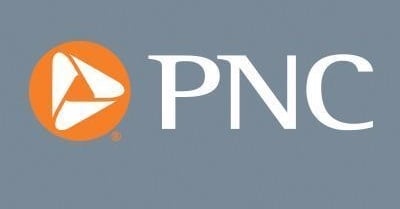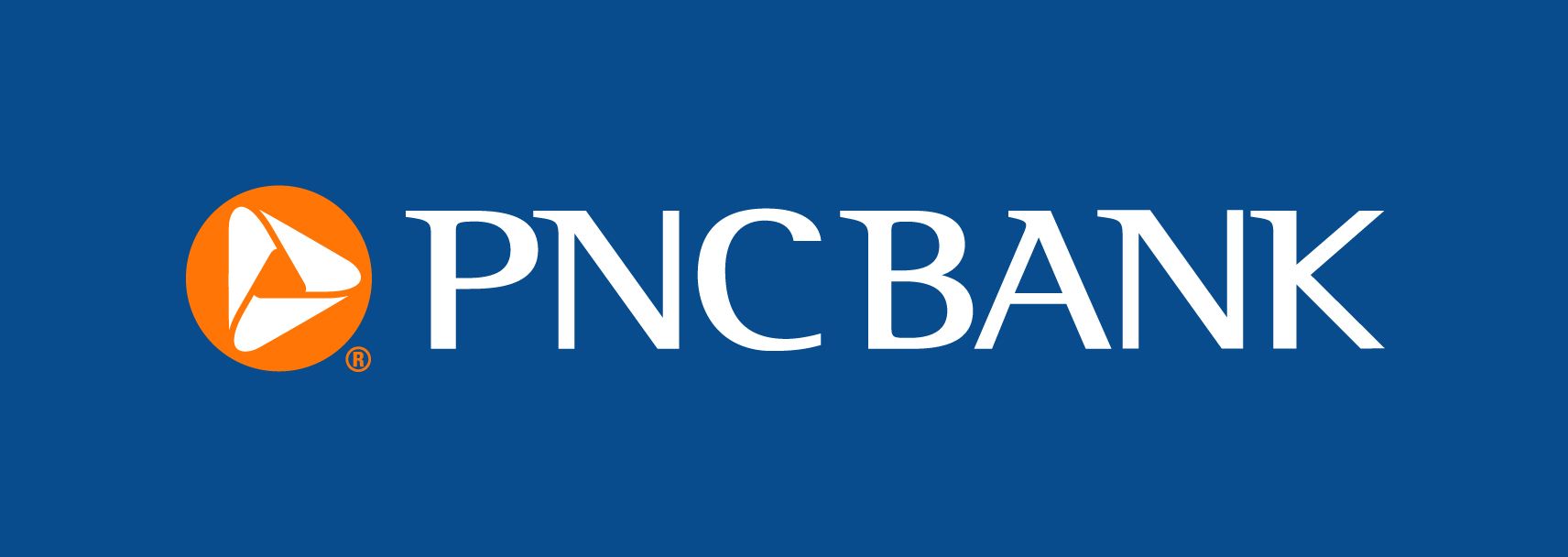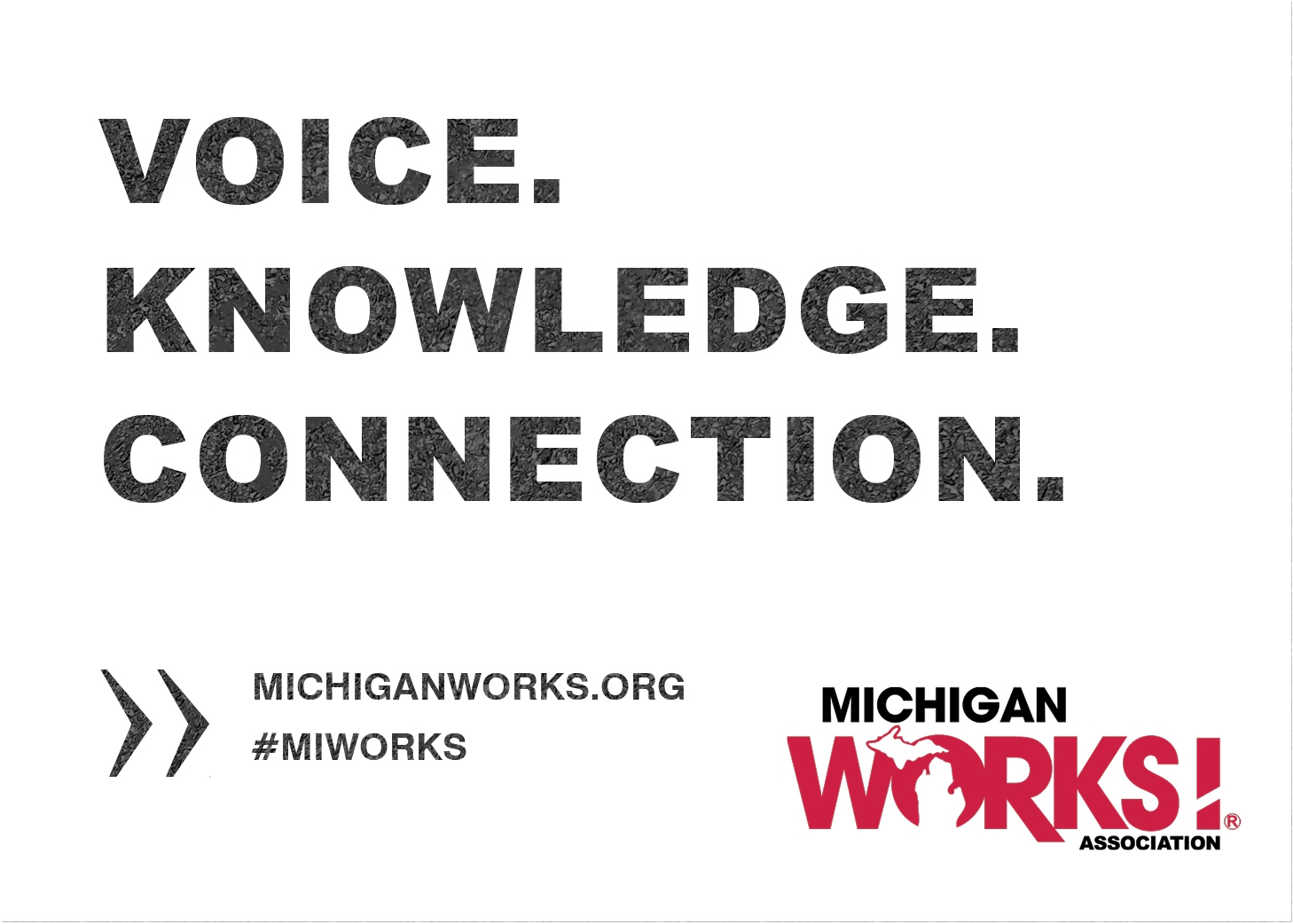
recovery to proceed rapidly in coming months, but a $22 trillion economy doesn’t turn on a dime
Unemployment insurance data show the labor market recovery making good progress in May, with new recovery-to-date lows across categories of initial and continued claims.
Initial claims for unemployment insurance fell 38,000 in the week ended May 22 to 406,000 from an unrevised 444,000 in the previous week. Initial claims for Pandemic Unemployment Assistance were a hair lower on the week at 93,500 after 95,100 in the week ended May 15. Both claims under regular state programs and PUA claims were the lowest yet for the recovery in the latest week. PUA claims are not seasonally adjusted.
Insured unemployment under regular state programs fell 96,000 in the week ended May 15 to 3.642 million from 3.738 million in the week ended May 8; it was 1.7 million in February 2020 before the crisis struck. Continued weeks filed under all unemployment programs fell 175,300 in the week ended May 8 to 15.802 million from 15.977 million in the week ended May 1. The latest levels of continued claims are the lowest yet in the recovery.
Initial claims shot into the millions in the spring of 2020 as the country locked down; fell to a 700,000-900,000 range in the fall and winter of 2020-21; languished there as the winter wave slowed the recovery; and most recently fell to new recovery-to-date lows in April and May. The latest level of initial claims shows layoffs are slowing, but unemployment remains very high in the US; the 15.8 million weeks claimed in all unemployment programs compares with 2.1 million weeks in early February 2020, ahead of when the pandemic hit the U.S.
Many of the factors that sidelined workers earlier in the recovery are changing to contribute to fast job gains in the rest of 2021. The pandemic is coming under control in the U.S., assuaging health fears. Childcare services are getting back to normal, allowing caregivers to return to the workforce.
There is a lot of debate about how much the increased unemployment benefits have discouraged job seeking. Whatever the extent, the issue will become moot later this year as temporarily increased benefits expire, and the recovery will progress rapidly in coming months. Even so, it will be slower going to get the 8.2 million workers who were still sidelined in April 2021 back into jobs than it was to send workers home in early 2020. A $22 trillion dollar economy doesn’t turn on a dime.
PNC forecasts a 525,000 increase in nonfarm payroll employment in the May jobs report, with the unemployment rate ticking down to 5.9% from 6.1% in April and 6.0% in March.
The PNC Financial Services Group, Inc. is one of the largest diversified financial services institutions in the United States, organized around its customers and communities for strong relationships and local delivery of retail and business banking including a full range of lending products; specialized services for corporations and government entities, including corporate banking, real estate finance and asset-based lending; wealth management and asset management. For information about PNC, visit www.pnc.com.









